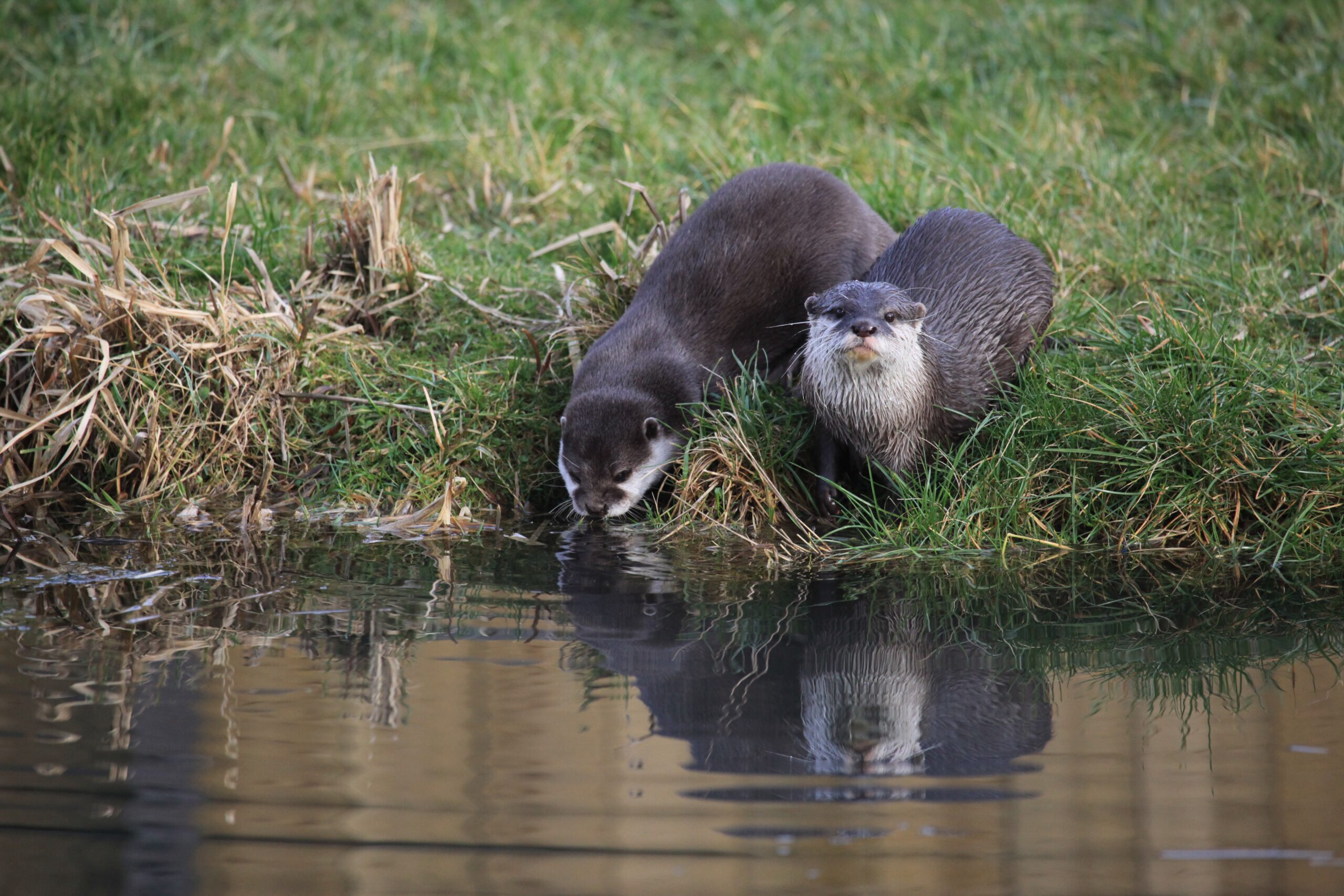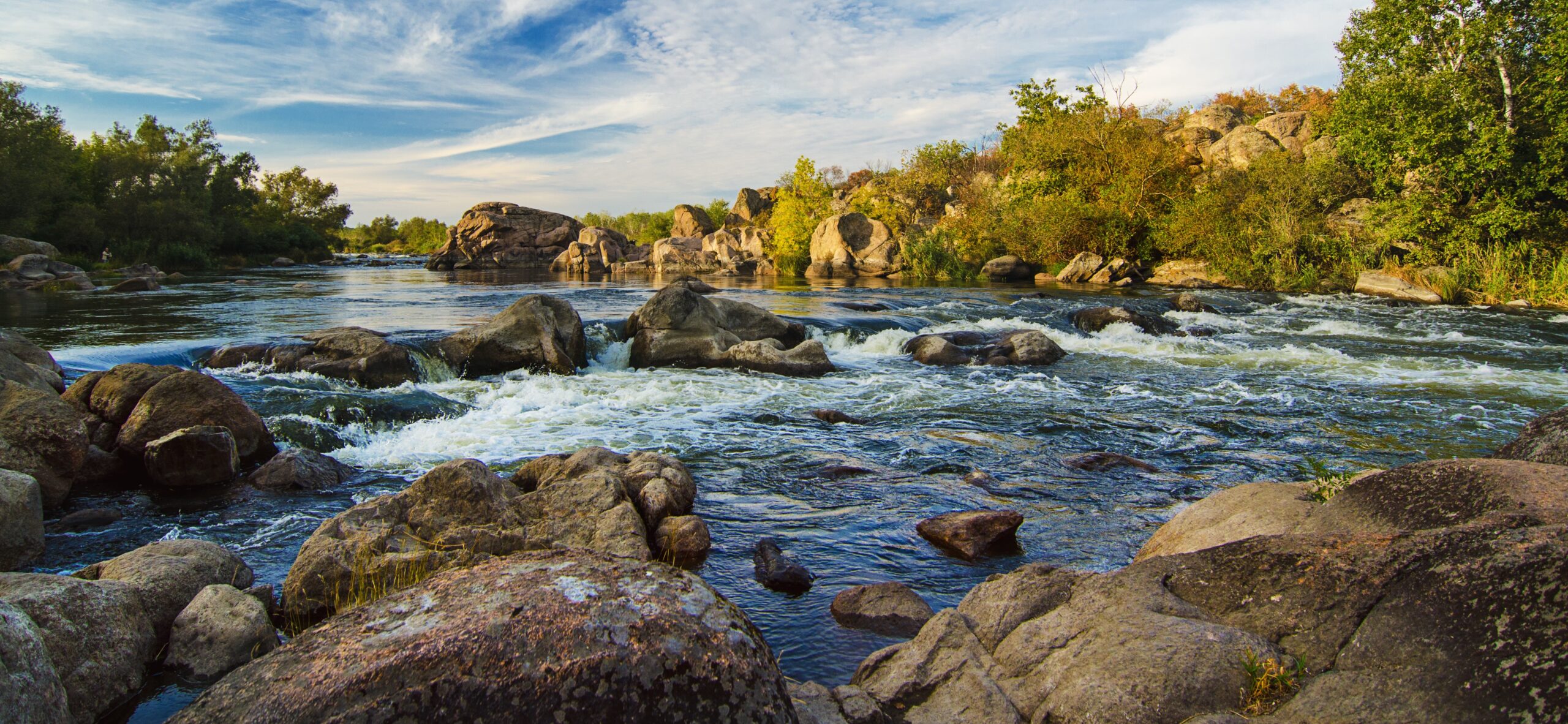
Fact Sheet
State Wildlife Agency Authority and Mission Fulfillment
Overview
State wildlife agencies have broad responsibilities to conserve wildlife on behalf of all people. Hunting and fishing license sales provide critical funding to state wildlife agencies to conserve hundreds of species, yet there are thousands of species within states and many are in greater need of conservation efforts. In addition to more broad-based public funding, many wildlife agencies need greater authority to conserve all state biodiversity and stay accountable to diverse public values and interests.
Key Points
Key Point 1
One-third of wildlife species are at risk for extinction, yet wildlife agencies typically only spend around 10% of their budget on conserving species that are not hunted or fished.
Key Point 2
40% of insects are declining globally, threatening food chains, soil health, water quality, and the pollination critical for upholding human food systems, yet most state wildlife agencies do not have adequate authority to manage insects.
Key Point 3
Wildlife agencies allocate at least 60% of their funding to managing hunting and fishing, yet participation in hunting and fishing has declined to around 3-5% and 12-15% of the public, respectively. Meanwhile, participation in other forms of outdoor recreation that involve wildlife (e.g., wildlife watching, hiking, paddling, etc.) are skyrocketing.
Policy Options
Define Wildlife Broadly: States can expand the definition of wildlife to include all members of the animal kingdom (Maine), insects such as pollinators (Minnesota), and plants (California).
- Colorado HB 1117 (Enacted, 2024): Adds rare plants and invertebrates to the species that may be studied and conserved by the Department of Natural Resources.
- Maryland HB 0345 (Enacted, 2024): Modifies the definition of wildlife to include every living non-human creature endowed with sensation and power of voluntary motion.
Manage for Diverse Recreational Activities: States can broadly define the recreational activities their wildlife agency helps manage, such as by authorizing the agency to make decisions on behalf of “all user groups” (Oregon) or requiring the agency to preserve wildlife for all “aesthetic, scientific, educational, recreational, and economic benefits.” (Nevada)
- Minnesota S.F. 2570 (Introduced, 2023): Amends the walk-in access program, originally established to provide public access to private land for hunting, to also support access “for bird-watching, nature photography, and similar compatible uses.”
Adhere to the Public Trust Doctrine (PTD): With roots in Roman and English common law, the PTD declares that the government has a duty to protect wildlife for the benefit of all. States can amend their wildlife code to adhere to PTD, such as by stating that wildlife is “held in trust” and “shall not be reduced to private ownership.” (Vermont)
- New Mexico H.B. 486 (Introduced, 2023): Declares that the state’s policy is to provide for the conservation and management of wildlife as a public trust resource with intrinsic and ecological value, as well as for the benefit, use, food supply and nonconsumptive enjoyment of all.

Empower State Environmental Champions
Your donation funds the fight for equitable actions that protect the environment and our health.
Donate